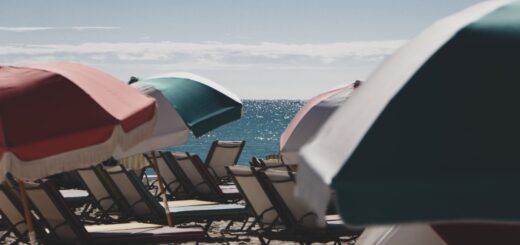Being an athlete, preparing for Olympics and student life.

It is helpful for students to know that admissions committees at selective colleges do not rate athletic commitment higher than participation in other extracurricular activities when recruiting applicants. The list of American universities with Olympic medals includes Olympic athletes, but excludes coaches, staff and managers.
This prompts student-athletes to study how many hours a week they multiply by the weeks and years they spend in sports, and they may be shocked by their calculations.
Many Olympic athletes are enrolled during training for the Olympics. This presents them with the particular challenges that college athletes face when it comes to balancing training and education. College athletes are supported not only to play football and basketball, but also to be a core of the US team competing in the Pyeongchang Winter Olympics.
To be clear, high school students do not get to the Olympics by participating in intercollegiate sports. The participation of student and athlete athletes in the summer Olympic games is higher than in the current Winter Games. 92 of the US Team are student athletes (22.4.4 to 37.7 percent).
Many older students have to balance family, job and school while Olympic hopefuls train as if their education were the equivalent of a full-time job. It is not without sacrifices the strict training schedule, but for the majority of athletes it means giving up traditional school methods in order to have more time for sports. It is possible that Olympians finish high school while their peers attend regular school, both for regular and elite athletes. Olympic athletes and their struggle to find money, time and other problems are a surprising illustration of the problems facing legions of older students.
In honor of the Summer Olympics this year, take a look back at six amazing athletes of Team USA and the schools that have helped them to some of the best in the world. Five former Olympians — Gabe Gardner, Chris Segesman, Misty Treanor, Staciana Stitts-Winfield and Michelle Venturella- reflect on their journey to the world’s largest athletic arena as students of the Master of Coaching and Athletics Administration Program continue to learn physical education.
With the 2016 Olympics coming to a close last month, many athletes are taking a well-deserved break and returning to their studies. Looking forward to the next Olympic superstar competitors looking ahead to Tokyo 2020 Games, the CUI Masters of Coaching and Athletics Administration thought it would be appropriate to take a walk down the Olympic memory lane and chat with some of its stars, similar to five former Olympians who also happen to be alumni of MCAA programs.
Each school year, the Special Olympics Athletics Program offers a variety of athletic competitions and training sessions. More than 500 athletes are in the US Olympic Training Center, which is chosen by the governing body of their sport.
Participation in the Special Olympics Athletic Program includes concepts such as math, reading, English, arts, science and physical education. The ultimate goal of participating in physical education is a life-long health-enhancing physical activity promoted by the program.
In August, the state of Colorado granted Olympic athletes and hopefuls the right to pay lower tuition from out-of-state colleges and public universities and 56% took advantage. Athletes can participate in free online courses at for-profit Devry University, a sponsor of the United States Olympic Committee.
When our colleges and universities invest in student athletes, not only do we get Olympic efforts, but they are also funded by the federal government and private donors. For international aspiring student athletes they must accept funding from their country’s national Olympic governing body, the equivalent of the United States Olympic Committee, based on location and destination in at least one event per year that the Olympic Committee calls the highest international competition level of the year. Student athletes can participate in the official Olympic Games by qualifying for qualifying tournaments, but the Games will not be recognized as qualifying tournaments until after the finals of these tryouts.
A student who does not have a cognitive diagnosis can participate in sports, but a student who is taught at home, has an SSD, or has a special Olympics may not be the best student.
Lina Taylor, a two-time beach volleyball Olympian from Bulgaria and member of the Ellevate Network, founded the MissionOSOAR program for students after her retirement in 2007 to teach them effective communication, time management, decision-making and cutting-edge techniques for sport and school life. The Director of the US. Olympic Committee for Athlete Education, former Olympian Leslie Klein, is urging other Olympians and. Olympic hopefuls to abandon college.
Four years sounds like a lot of time to train for an Olympic event. But for figure skater Mirai Nagasu and other Olympic athletes, she and she know that their competitive years will end sooner or later.
It is true that the fact that the Olympics are held every four years puts particular pressure on Olympic athletes, but they are used to dealing with pressure. Athletes and students must be able to deal with it and ensure that stress does not prevent them from performing at their best. In most Olympic sports, there are sports psychologists who work with their coaches and athletes to prepare for peak performance.
Some US college students refuse to compete at the Tokyo Olympics for Team USA instead of cheering on individual athletes instead of Team USA. USC has had Olympians in more than 30 different sports in its history, but the first time the Trojans competed in skateboarding was Amelia Brodka.







